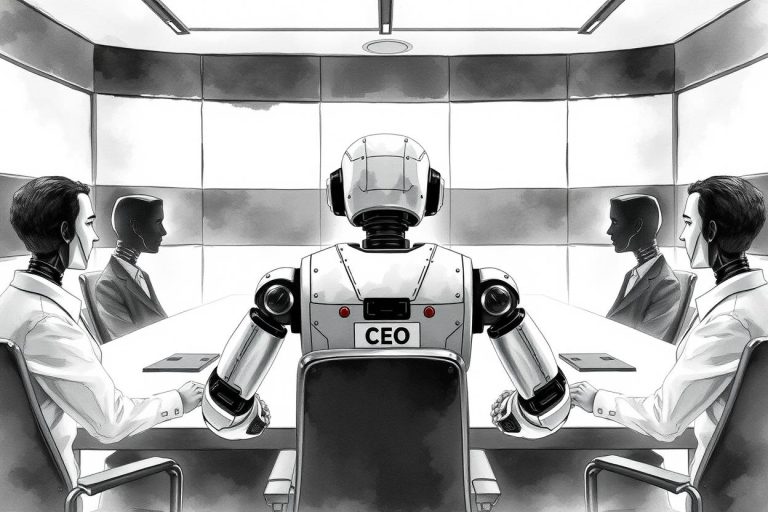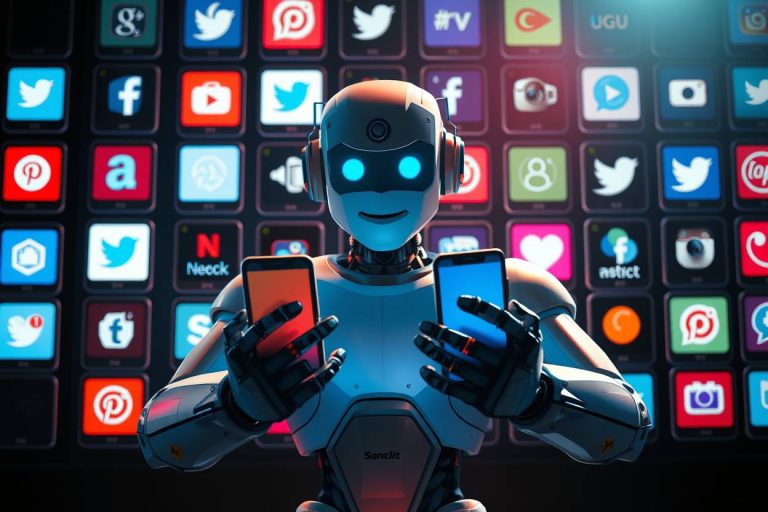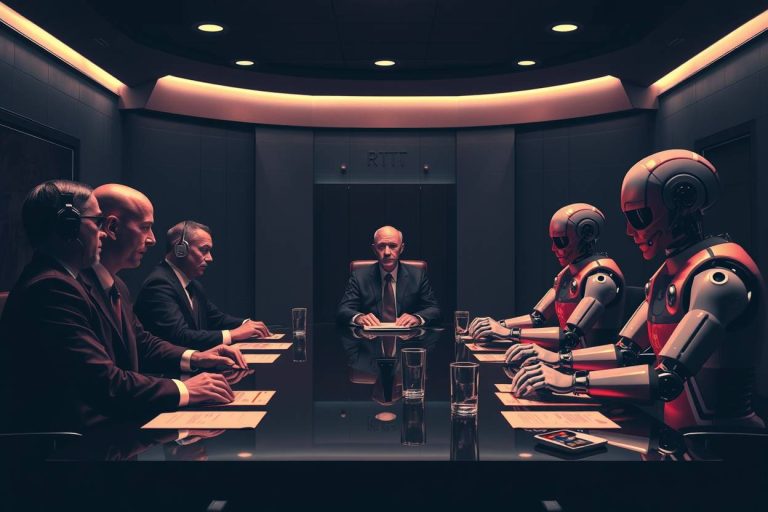The Future of Agentic AI: A reality check for 2026 and beyond
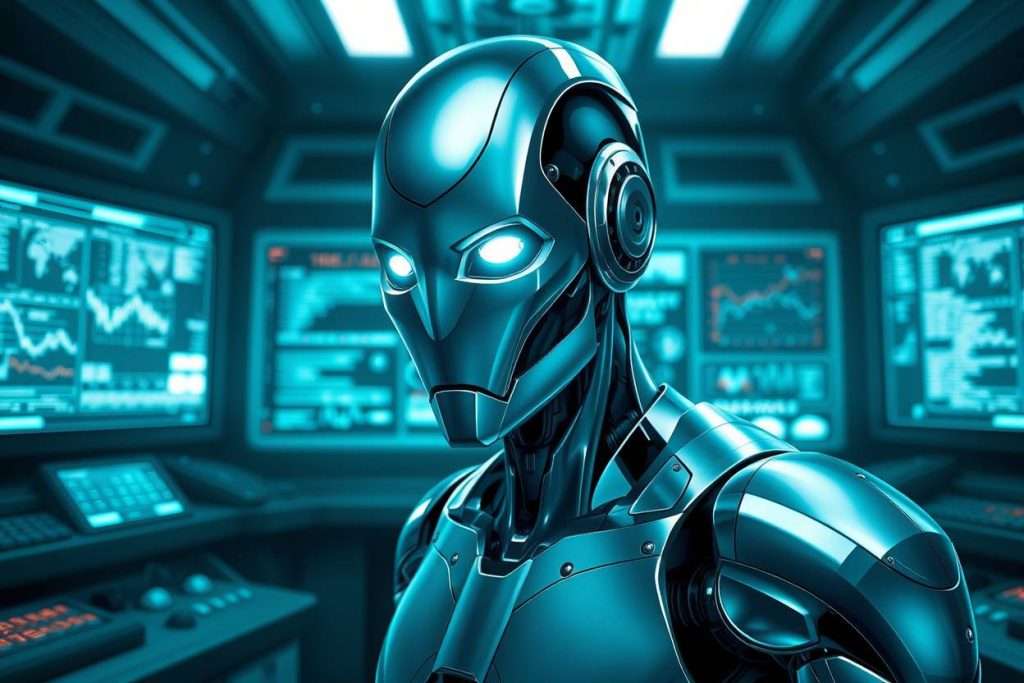
The future of agentic AI is the trajectory toward intelligent systems that can independently understand, plan, and execute complex goals on our behalf. This represents the next chapter in computing, moving beyond tools that require our constant direction to partners that can take initiative. The ultimate intelligent agent forecast points to a world where these autonomous systems manage everything from our daily schedules to entire corporate divisions. Yet, it is crucial to ground this vision in reality. So…
Key Takeaways
- The evolution of agentic AI is in a transitional phase, moving from simple tools to automated workflows, but has not yet reached full autonomy.
- Today’s most advanced AI agents act as “co-pilots” that augment human skills rather than replacing them.
- The future of Agentic AI development is heavily driven by intense geopolitical and corporate competition.
- The value of human professionals is shifting from executing tasks to strategically directing and managing AI agent workflows.
- True disruption will occur when AI agents achieve full autonomy, enabling an “AI workforce” that operates with minimal human intervention.
Let’s Be Honest: What is the Real State of Agentic AI in 2025?
2025 was heralded by many as the “year of the AI agent.” However, anyone who has used the current generation of tools knows the reality is more complicated. The gap between polished marketing demos, AI agent myths and the often imperfect, fractured outcomes of today’s technology is significant. We are in a transitional phase, moving from powerful tools to something more, but we are not yet in the fully autonomous world many gurus describe.
To truly understand the future of agentic AI, we must first identify where we are on the map. This journey is best understood as a four-stage evolution.
- Stage 1: AI Tools (The Foundation): This is the bedrock of the entire ecosystem and where most of us operate today. These are powerful, single-purpose functions like generating text with a large language model (LLM), analyzing a dataset and create images or videos. They are exceptional at specific tasks but require a human to direct every action.
- Stage 2: Automated Workflows (The Bridge): This is the reality of most of today’s “agent” platforms. These systems act as a bridge, linking multiple AI tools together to execute a multi-step process, but still with heavy human guidance and prompting. They are powerful workflow automations, not true autonomous agents.
- Stage 3: Nascent Autonomous Agents (The Current Frontier): Yes, in a limited way, these are already here. This is where an agent can understand a high-level goal for a specific task and attempt to execute it independently. Think of advanced coding agents that can try to build a simple application from a prompt, or multi-agent research platforms like Manus AI and Genspark. However, they operate in narrow domains, and their outputs are often imperfect, requiring significant human review, correction, and refinement.
- Stage 4: The Fully Agentic Workforce (The Coming Disruption): This is the true destination and the core of any long-term autonomous AI predictions. This future state involves highly integrated, customizable, and effective AI agents performing a wide plethora of tasks within a company. This is the paradigm that enables the “unicorn company with a handful of employees,” where a small human team directs a vast digital workforce. Leaders in the field believe this is coming faster than anyone is prepared for. This AI agent evolution won’t be delayed, and everyone should brace for impact by learning and positioning themselves now.
What are the powerful forces shaping this agentic future?
The rapid, almost dizzying, pace of development is not happening in a vacuum. It is being driven by powerful global forces that are shaping the future of agentic AI.
A frank discussion of the future of agentic AI must acknowledge the intensifying competition between US and Chinese technology giants. This race, often compared to a new kind of cold war, accelerates progress at an incredible rate, with more powerful models being released seemingly every week. However, it also raises serious concerns about the potential for rushed, under-regulated deployment of this potent technology.
The immense requirements for data, talent, and computing power have led to a compounding advantage for the few large companies capable of building foundational models. This concentration of power casts a growing shadow of ethical concerns and fuels the urgent debate around centralized AI control versus a more democratized approach guarded by true AI governance. The AI agent trends we see are heavily influenced by the strategic goals of these few key players.
When we examine today’s most advanced multi-agent systems, such as Genspark or Manus AI, it’s crucial to frame them correctly. They are not yet a replacement for human intellect but a powerful enhancement to it. These platforms require sophisticated prompting, clear direction, and critical thinking to leverage their full capacity. They do not “do the work for you” just yet; they make you vastly more effective at doing the work yourself.
What Will the Transition to a Truly Agentic World Look Like?
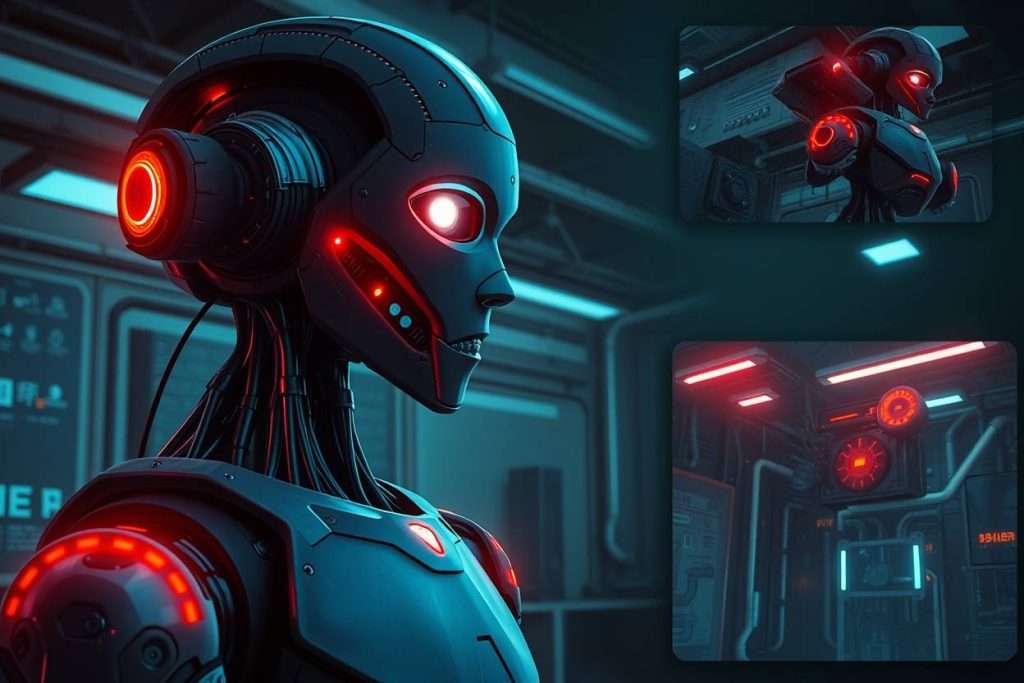
Bridging today’s reality with the future vision requires a credible, realistic forecast for the next two to three years. The intelligent agent forecast for this period is focused on practical augmentation, not full automation.
The most immediate AI agent evolution will be in our personal lives. The simple digital assistants of today will evolve into true co-pilots that can manage complex digital workflows across different applications. The focus will be on orchestrating your digital life—managing communications, scheduling, and information flow—not living it for you. Expect your agent to not just find information, but to synthesize it and prepare it for your review.
In the business world, the next wave will move from automating single tasks to automating entire business processes. We will see agentic systems designed to manage a full lead generation workflow, a software deployment pipeline, or a market analysis report. This marks a critical shift in the human role from “doing” to “designing, managing, and validating” the work of these emerging digital workforces. According to Mckinsey, a majority of enterprises are already exploring AI agents for business process automation, signaling that this trend is well underway.
When They Do Arrive: What Happens When Agents Become Truly Autonomous?
The future of agentic AI holds an inflection point that will be far more significant than the arrival of the internet or the smartphone.
This is the moment when companies can pursue complex goals with minimal human intervention. It marks the transition from AI as a tool that helps humans work better, to AI as a workforce that accomplishes business objectives on its own. Acknowledging this is the true societal disruption that the current AI race is aiming for is key to any realistic autonomous AI predictions.
A world with a fully agentic workforce holds the potential for unprecedented scientific discovery, as agents could run millions of simulations for drug discovery or materials science. It promises a new scale of economic productivity. It also guarantees profound and challenging changes to the nature of work, skill valuation, and economic structures themselves.
How Should We Navigate This Moment? A Personal Playbook for an Overwhelming Time
Living through a period of such intense technological acceleration can be disorienting. It is easy to feel both excited for the opportunities and overwhelmed by the pace of change.
It is a perfectly rational response to the current moment. The first step is to validate this feeling and then recognize a key truth: despite the incredible speed of progress, we are all still incredibly early in this transformation. This gives us the agency to prepare.
Navigating the coming AI agent trends requires a shift in mindset.
- Maintain Critical Thinking: Learn to distinguish between marketing hype and genuine capability. Always ask, “What is this tool really doing?” and “What are its actual limitations?”
- Verify Your Sources: Seek out expert, nuanced opinions from credible technologists and researchers over the sensationalist headlines that often dominate the conversation.
- Think Strategically: Instead of chasing the newest tool, focus on how these emerging capabilities can help you achieve your long-term personal and professional goals.
The most valuable professionals in the agentic age will be those who can effectively define goals, design complex workflows, and manage teams of both humans and AI agents. Your strategic direction and critical judgment will be your most important assets.
The question we should all be asking
This is a complicated, exhilarating, and unsettling time to be alive. The pace of progress is undeniable, but we are at the dawn of the agentic age, not its midday. The systems are still being built, the rules are still being written, and we have a collective opportunity to influence the future of agentic AI. As you continue to educate yourself and prepare for what’s next, the most important question to contemplate is not simply what can these AI agents do? but rather… What can I do to be ready?


